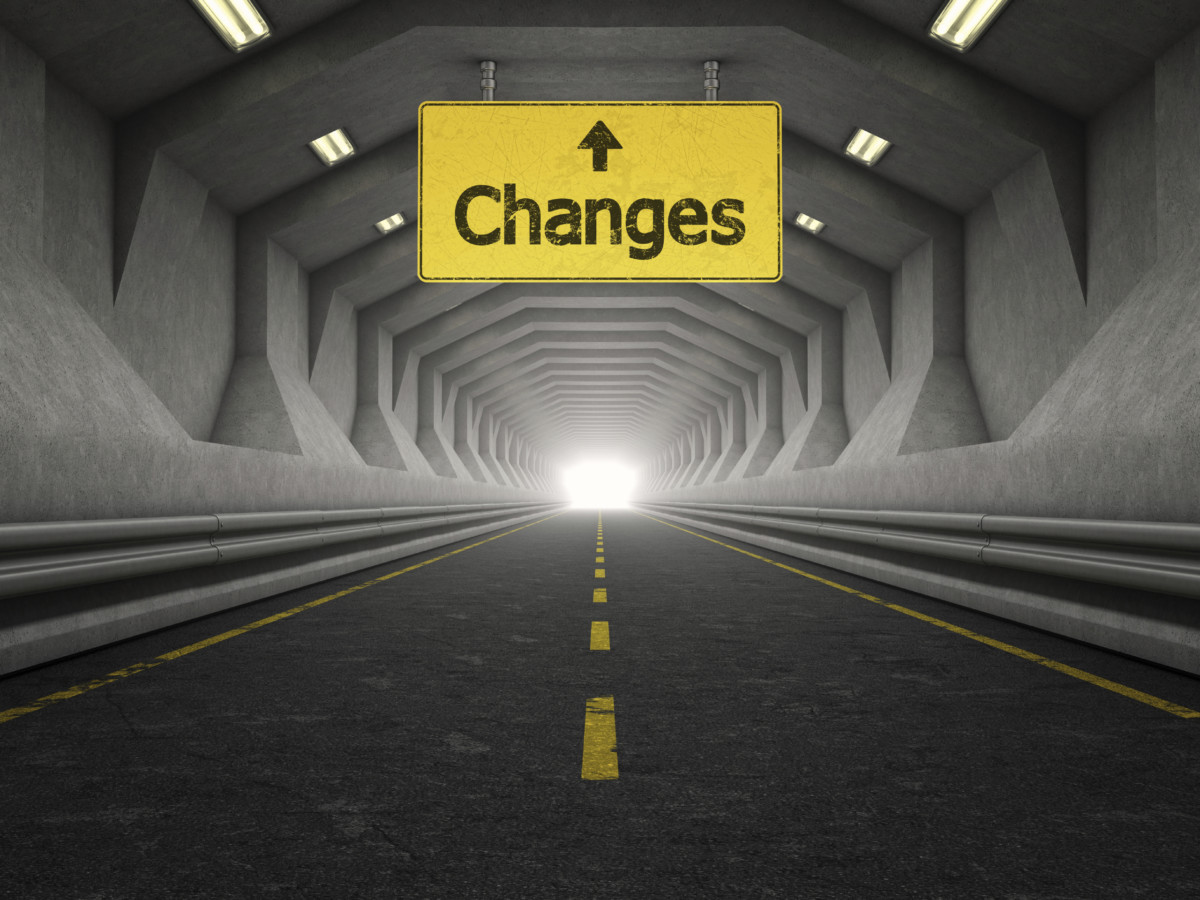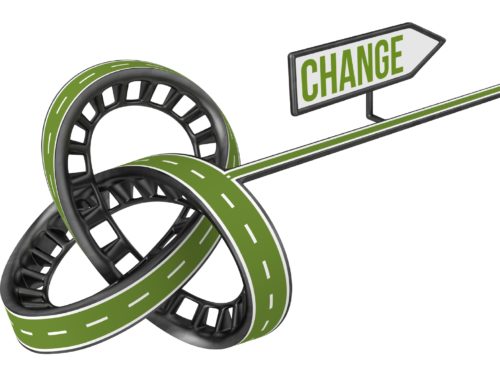Billy Crystal gave voice to what we all have felt: “Change is so hard.”
Change, by definition, causes at least some level of discomfort. If it happens easily and overnight, it isn’t really change. That is the way it works.
But understanding why change is difficult can help you and your organization be more nimble and agile as you work through the disruption of change. Here are five principles that affect how you and others have difficulty with change.
1. The ability to change is based on readiness. Intellectual understanding is not the same as emotional readiness. Answer these three questions:
- Do you know that you should eat healthier than you eat today?
- Do you know that you should exercise more than you exercise today?
- If you smoke, do you know that you shouldn’t do so?
My guess is that you—like the majority of people—were nodding your head or mentally raising your hand as you read those questions. We all know intellectually what we should do to improve our health—but that doesn’t make us emotionally ready to do so.
2. Past experience influences perception and perception influences every aspect of the change process. We all carry the baggage of previous experience. Some of us carry small overnight bags. Others of us haul large steamer trunks on our backs. Some of the bags are filled with bad experiences, and some contain good experiences. Either way, every change is evaluated against past experiences. Those perceptions form a powerful point of view that influences receptivity and enthusiasm for change.
3. Adapting to change is really about managing disrupted expectations. The larger the disruption, the more challenging the task. An unexpected crisis or disaster is the ultimate example of disrupted expectations. It is not uncommon to see people walking around in a semidazed state after a natural disaster. The enormity of disrupted expectations overcomes them. The same is true in organizations. An unexpected layoff, for instance, has a lingering effect that lasts for weeks, months, or even years.
This principle also affects how we handle small changes. Rolling out a new strategic plan in your company may cause very little concern because it doesn’t affect your daily routine. But changing when people go to lunch makes them crazy because it totally disrupts their expectations.
4. Change always comes with a cost, even if the change was positive and you participated. Have you ever been in a committed relationship with another person? At the time you entered it, did you think that was a positive change? Did it cost you something?
This is the corollary to managing disrupted expectations. There is a cost to every change—even the positive ones. Ignore or underestimate the cost, and your change will take longer to implement and yield less-than-expected results.
5. We live in a state of perpetual transition that prevents us from anchoring changes. Kurt Lewin, the founder of Social Psychology, described the process of change by saying that you unfreeze something that you want to change, make the change, and then refreeze the new behavior or thinking. The idea of starting an ending change still works at some level. For instance, there is an ending, transition period, and new beginning when you are implanting a new computer process.
But more and more of the changes you are being asked to make are continuous and never ending. Another change starts before the current one is complete. Even the changes with clear endings and new beginnings are experienced in the context of all the other changes that are competing for energy, attention, and resources.
We live in a perpetual state of transition. We no longer refreeze a new change. We simply put it in a Jell-O mold and hope it doesn’t melt on the floor.
To make change work, you must acknowledge and work to minimize the effects of these five principles. Here are three things you can do right now:
- Create emotional readiness. We think that explaining the good reasons for a change is enough to convince others—or ourselves—to make the effort. It doesn’t work that way for most people. Show them the crisis to be averted or compelling opportunity to be embraced.
- Unpack the baggage and identify the costs. Time invested in coming to grips with perceptions, fears, and the potential costs of change pays dividends in decreased resistance and increased support.
- Acknowledge the reality that change has changed. Perpetual transition is the new normal, and perhaps the most important change we can make is to get comfortable with that truth.





